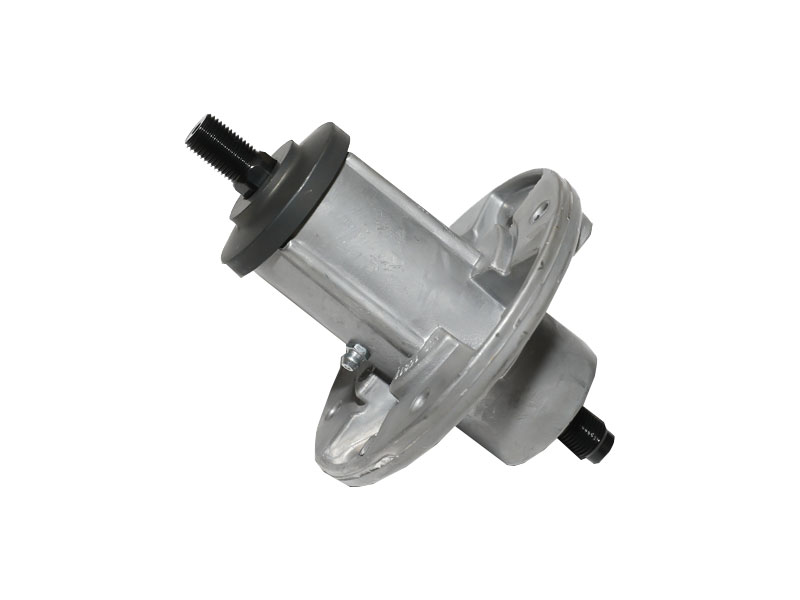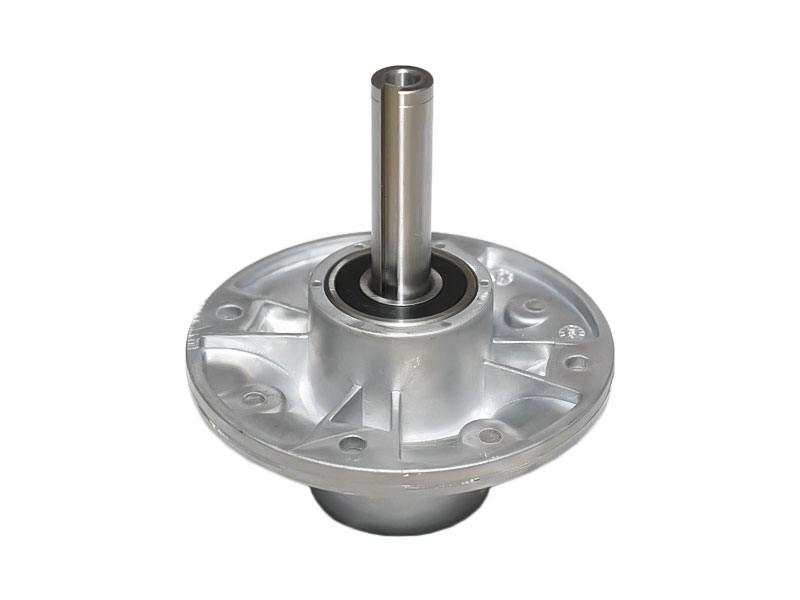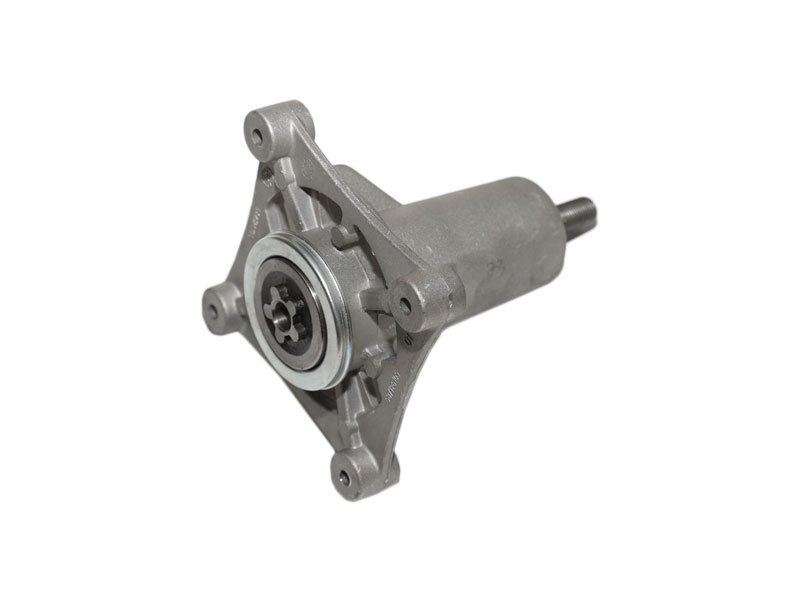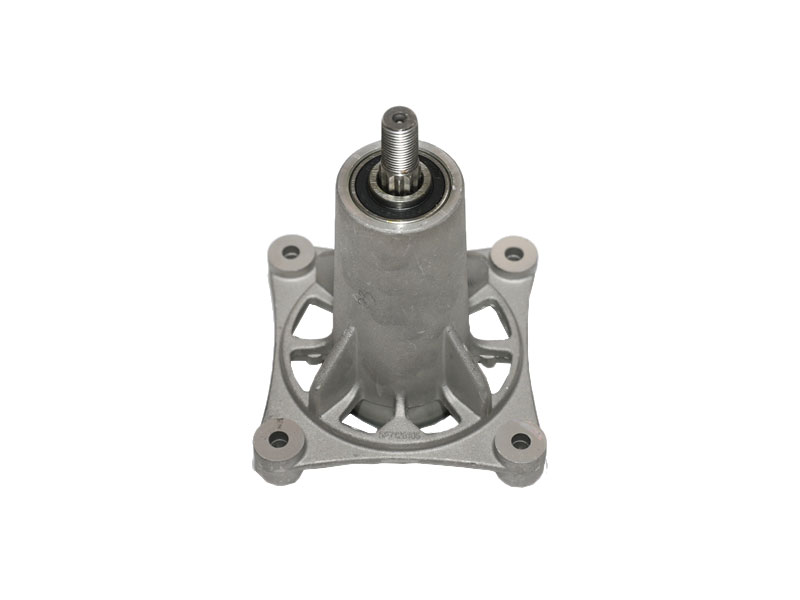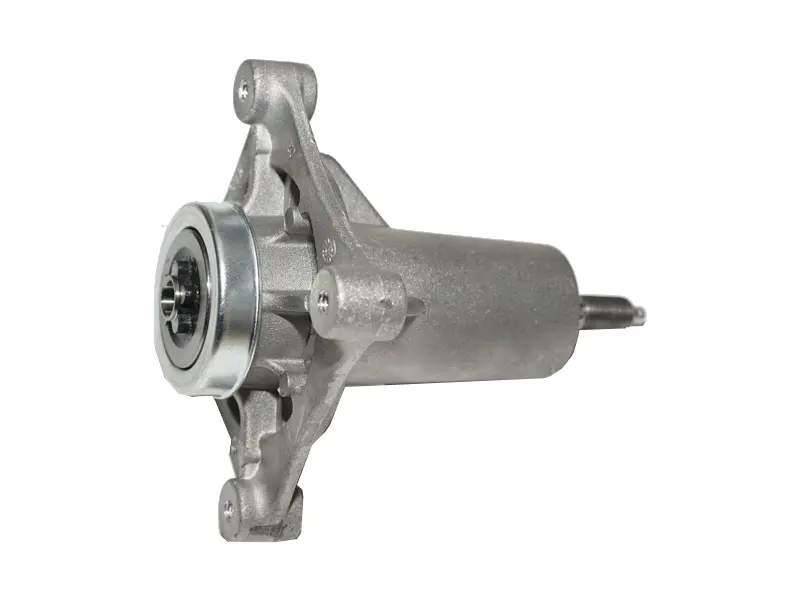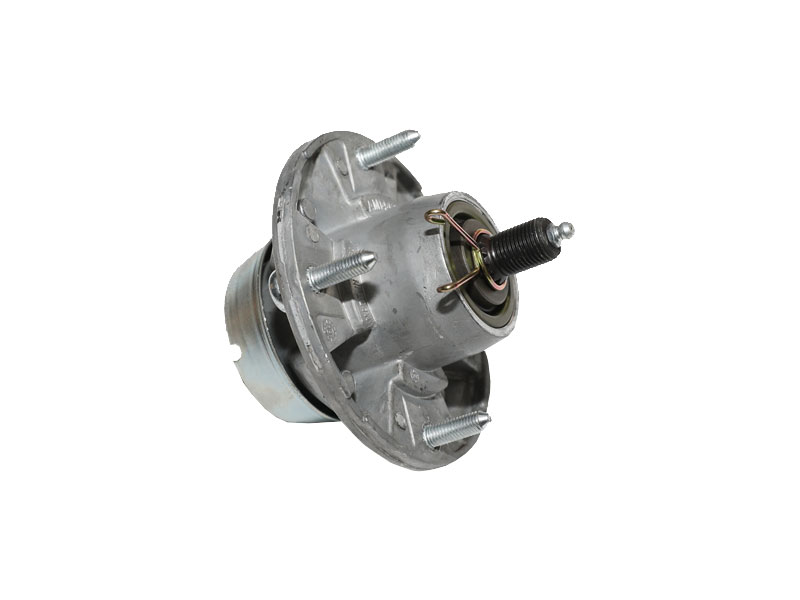The length and design of a steering drag link have a significant impact on a vehicle's steering performance. The drag link, also called a steering relay rod, is a critical component that connects the steering gear to the steering linkage, allowing the driver to control the direction of the vehicle.
The length of the drag link plays a crucial role in the overall steering performance. It determines the steering ratio, which is the relationship between the rotation of the steering wheel and the movement of the front wheels. A longer drag link will have a higher steering ratio, meaning that a smaller rotation of the steering wheel will result in a larger movement of the front wheels. On the other hand, a shorter drag link will have a lower steering ratio, requiring a larger rotation of the steering wheel for the same movement of the front wheels. Therefore, the length of the drag link can affect the responsiveness and effort required to steer the vehicle.
In terms of design, the drag link should be constructed to provide optimal strength and rigidity. It should be able to withstand the forces and stresses exerted on it during steering maneuvers without excessive flexing or bending. If the drag link is not designed properly, it can lead to a loose or sloppy steering feel, making it difficult to control the vehicle in a precise manner.
Another important aspect of the drag link design is its attachment points and connection to other steering components. The drag link should be securely mounted to the steering gear and the linkage, ensuring that there is no play or movement between these components. Any excessive looseness or wear in the connections can result in a loss of steering precision, leading to instability and poor handling.
Additionally, the design of the drag link can also affect the vehicle's steering geometry, particularly its Ackermann steering geometry. Ackermann steering geometry is a property that allows the inner and outer front wheels to rotate at different angles during a turn. This difference in steering angles helps the vehicle negotiate turns smoothly and maintain stability. The drag link should be designed and positioned in such a way that it promotes the correct Ackermann steering geometry, preventing issues like tire scrub and excessive wear.
Lastly, the material and construction quality of the drag link are crucial factors in determining its durability and longevity. The drag link should be made from a strong and durable material like steel, capable of withstanding the constant load and stress it experiences during steering. It should also be adequately protected from corrosion and damage from road debris.
In summary, the length and design of a steering drag link have a significant impact on a vehicle's steering performance. The length affects the steering ratio, responsiveness, and effort required to steer the vehicle. The design influences the drag link's strength, rigidity, attachment points, and contribution to the steering geometry. Therefore, it is essential to consider these factors when selecting and designing the drag link to ensure optimal steering performance and driving experience.
 English
English 中文简体
中文简体 Español
Español svenska
svenska




